Amoxicillin: A Comprehensive Overview
1. Introduction
Amoxicillin, belonging to the class of penicillin-like antibiotics, is a widely used antibacterial agent against a broad spectrum of bacteria. This antibiotic acts by interfering with the synthesis of the bacterial cell wall, thereby ensuring effective bacterial cell growth prevention.
2. Chemical Structure and Properties
Amoxicillin’s IUPAC name is (2S,5R,6R)-6-{[(2R)-2-amino-2-(4-hydroxyphenyl)acetyl]amino}-3,3-dimethyl-7-oxo-4-thia-1-azabicyclo[3.2.0]heptane-2-carboxylic acid. It possesses a molecular weight of 365.4 g/mol. The compound’s molecular formula is C16H19N3O5S, and it encompasses various pharmacokinetic properties that render its widespread medical application.
3. Mechanism of Action
Amoxicillin primarily acts against bacteria by inhibiting the synthesis of the bacterial cell wall. It achieves this by binding to and inactivating penicillin-binding proteins (PBPs) located on the bacterial cell membrane’s inner surface. As a result of this interaction, the final step of peptidoglycan synthesis in the bacterial cell wall is disrupted, causing cell lysis and death.
4. Spectrum of Activity
Amoxicillin possesses a broad spectrum of activity. It’s particularly effective against Gram-positive bacteria, such as Staphylococcus spp., Streptococcus pneumoniae, and Enterococcus faecalis. Additionally, it exhibits significant activity against certain Gram-negative bacteria, including Escherichia coli, Helicobacter pylori, and Proteus mirabilis.
5. Pharmacokinetics
5.1. Absorption
Amoxicillin is well-absorbed after oral administration, with an absorption rate of approximately 70-90%. Food intake doesn’t significantly impact the absorption of amoxicillin, meaning it can be taken irrespective of meals.
5.2. Distribution
Once absorbed, amoxicillin is distributed throughout the body tissues and fluids. The highest concentrations are typically found in the liver and kidneys, where the drug is primarily excreted.
5.3. Metabolism
Amoxicillin is partly metabolized in the liver, but a substantial portion of the drug is excreted unchanged in the urine.
5.4. Elimination
Approximately 60% of the orally administered dose is excreted in the urine within 6 to 8 hours of intake. The drug’s half-life ranges between 1 to 1.5 hours in individuals with normal renal function.
6. Indications and Uses
Amoxicillin has been approved for numerous therapeutic uses, including but not limited to:
- Respiratory tract infections: Such as pneumonia, bronchitis, and acute sinusitis.
- Ear, nose, and throat infections: Including otitis media, tonsillitis, and pharyngitis.
- Urinary tract infections: Like cystitis caused by susceptible bacteria.
- Skin and soft tissue infections: Such as impetigo, cellulitis, and erysipelas.
- Gastrointestinal infections: Including Helicobacter pylori eradication from the stomach in individuals with peptic ulcer disease.
7. Contraindications and Precautions
Patients who have shown hypersensitivity reactions to penicillins or other beta-lactam antibiotics should avoid amoxicillin. Furthermore, individuals with a history of allergic reactions, asthma, hay fever, or urticaria may be at an increased risk of hypersensitivity reactions when taking amoxicillin.
8. Side Effects and Adverse Reactions
While amoxicillin is generally well-tolerated, it may cause side effects in some individuals:
- Gastrointestinal: Nausea, vomiting, diarrhea, and candidiasis (thrush).
- Dermatological: Rash, urticaria, and angioedema.
- Hematological: Hemolytic anemia, thrombocytopenic purpura, and eosinophilia.
- Neurological: Seizures, especially in patients with renal impairment or those receiving high doses.
9. Drug Interactions
Amoxicillin may interact with:
- Probenecid: May increase amoxicillin concentrations by decreasing renal tubular secretion.
- Oral contraceptives: Effectiveness may be reduced when taken concurrently with amoxicillin.
- Warfarin and other anticoagulants: May enhance the anticoagulant effect.
10. Dosage and Administration
The dosage of amoxicillin varies depending on the type and severity of the infection, the patient’s age, and renal function. For adults and children weighing more than 40 kg, the typical dose for mild to moderate infections is 250 mg to 500 mg every 8 hours. For more severe infections, doses of up to 1 g every 8 hours may be required.
11. Overdose and Management
Overdosage of amoxicillin may result in symptoms like renal dysfunction, hematuria, nausea, vomiting, and diarrhea. Immediate medical attention is required, and supportive care, including hydration, is essential. Hemodialysis can effectively remove amoxicillin from the bloodstream in cases of overdose.
12. Storage and Stability
Amoxicillin should be stored at room temperature, away from moisture and heat. Suspensions should be refrigerated and discarded after 14 days.
13. Conclusion
Amoxicillin stands as a cornerstone in the world of antibiotics, offering a broad spectrum of activity against various bacterial infections. Its efficacy, combined with a generally favorable side effect profile, ensures its continued significance in medical practice. Proper adherence to dosage recommendations, awareness of potential interactions, and understanding side effects are crucial for optimal therapeutic outcomes.

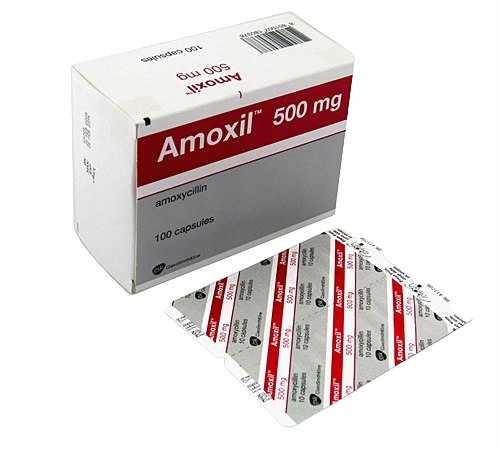
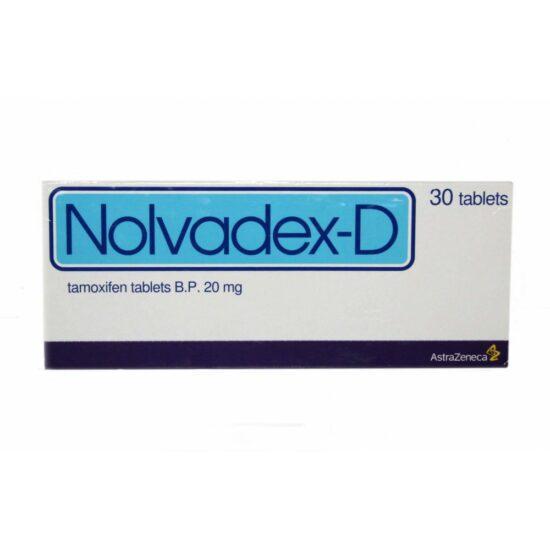
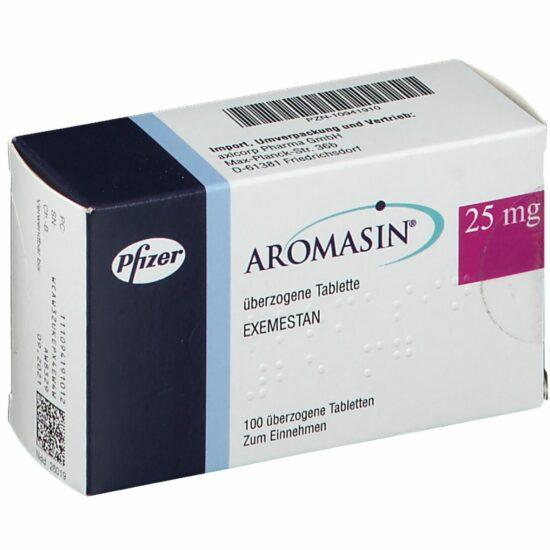
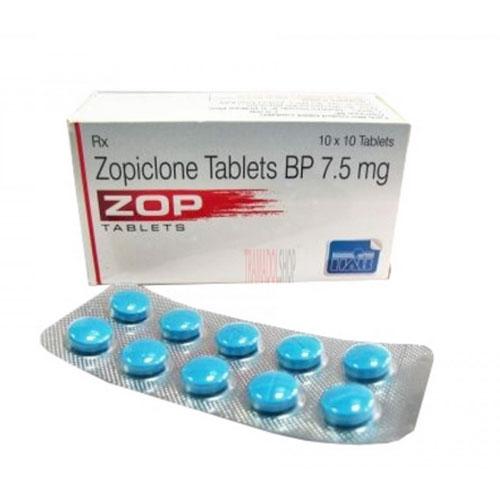
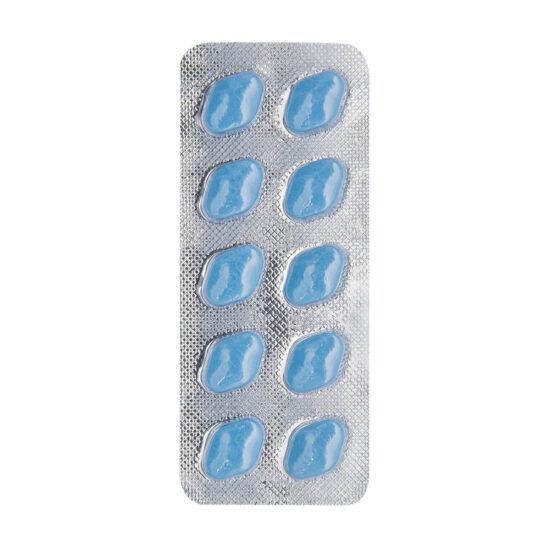
Reviews
There are no reviews yet.